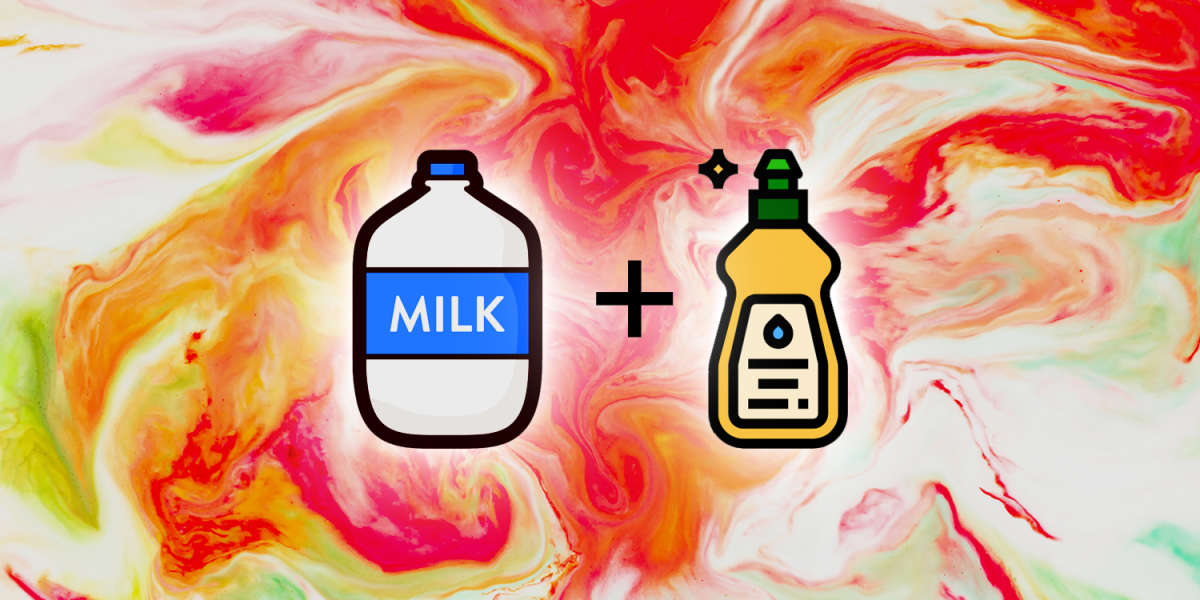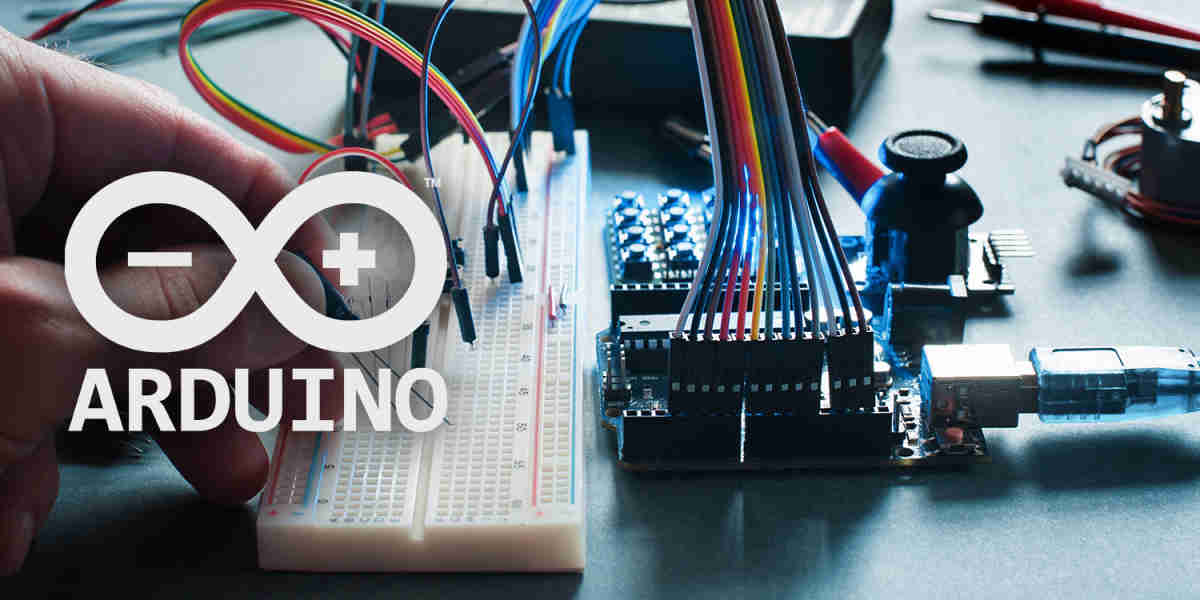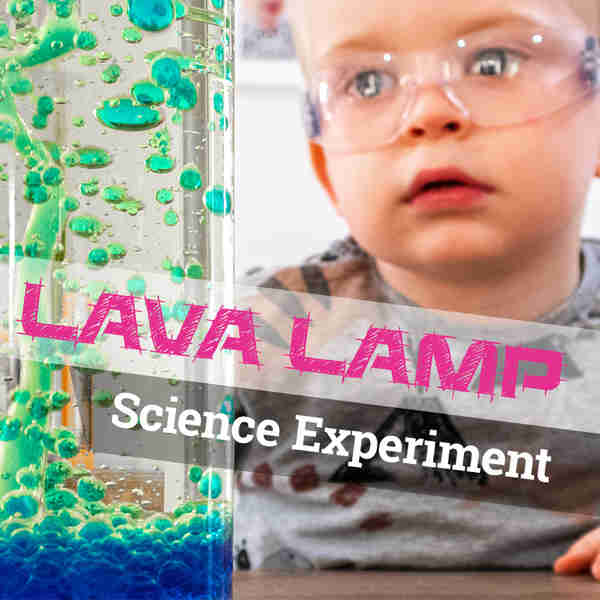How the Milk & Dish Soap Experiment Works
A Fun Demonstration for Kids
If you haven't done this colourful demonstration for your kids, you probably should. It is both educational and entertaining.
The experiment/demonstration is easy: Put some milk in a a wide shallow dish, add some drops of food colouring and then put is a few drops of dish washing soap/liquid.
It is fun to watch the colours swirl, but what is actually going on? Why are the colors swirling? In this post, we look at the science behind the milk and dish washing soap chemistry experiment.

How Does it Work: Simple Explanation
Firstly, keep in mind that the food coloring is only there so you can actually see what is going on. Without it, the milk and dish soap will act the same, but it would be really hard to see the effect with your eyes.
Milk contains fat. Dish washing soap bonds to fat. So the molecules in the soap are racing around joining up with fat molecules. It keeps going until the soap becomes evenly mixed in the milk.
How it Works: Complex Answer
For a more complex answer, we did some research, and found a great explanation on Scientific American.
Detergent, such as liquid dish soap, is mostly surfactants. These can lower the surface tension of water as well as milk, which contains water and molecules of fat. Surfactants have a hydrophilic part that wants to interact with the water and a hydrophobic part that wants to interact with the fat molecules. Because of this, when the cotton swab with soap touched the milk, the soap separated the fat from the water in the milk, dissolving the fat (which is how soap cleans greasy, dirty dishes). This also decreased the milk's surface tension. As the soap spread out from the cotton swab, it decreased the milk's surface tension around it, and the higher surface tension surrounding this area pulled the milk (along with its food coloring) toward it. If enough soap is added, however, the soap and milk become evenly mixed and the milk (and food coloring) no longer move when more soap is added.
Watch the Color Changing Milk Experiment
Here is a short video demonstrating the effects of adding dish soap to milk.
It's super fun and easy to do for the kids.
Read Next

How Arduino Works: Simply Explained
If you are trying to understand how Arduino works, here is a really simple explanation so you understand the process.




